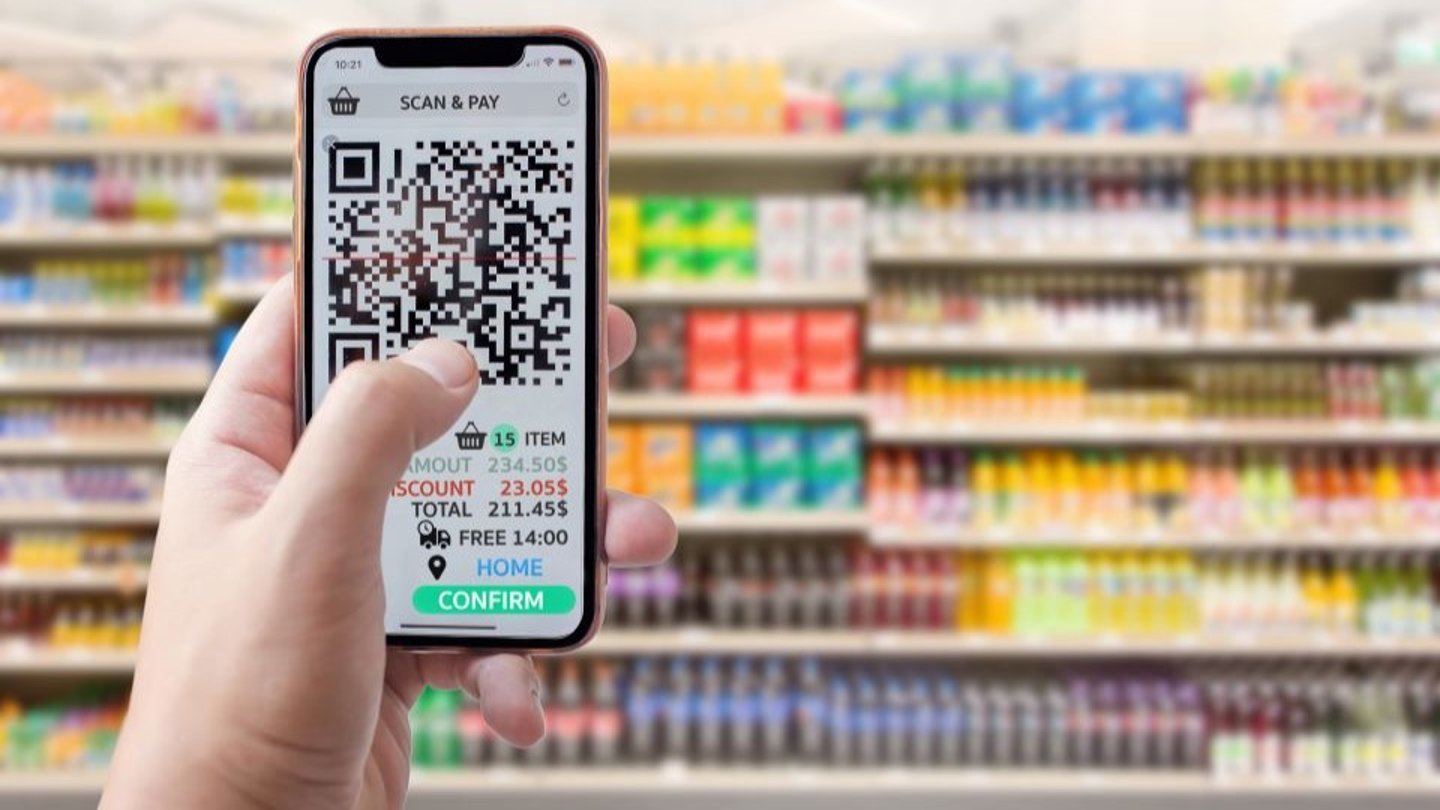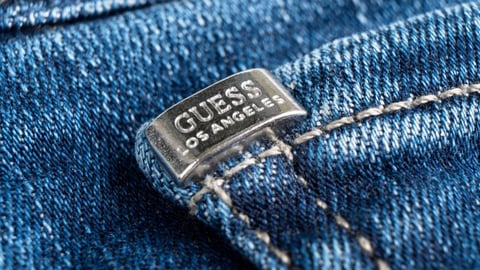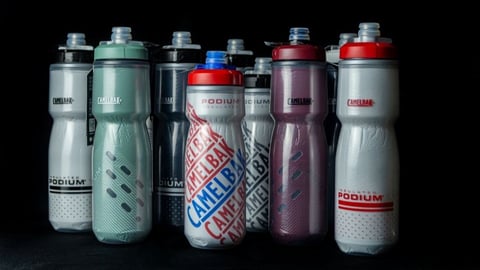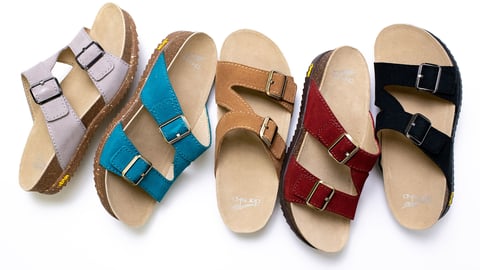Bridging the Information Gap With 2D Barcodes
The barcode that we see on nearly every consumer product in retail establishments globally stands at a crossroads — 50 years since its first debut in retail on June 26, 1974. The traditional and widely-used one-dimensional (1D) barcode, once revolutionary for information sharing, is in a pivotal moment, defined by a growing demand for transparency from both retailers and consumers.
Industry experts are actively exploring solutions to bridge this information gap, focusing on enhancing data functionality across organizations at scale. Among these solutions, two-dimensional (2D) barcodes, such as QR codes, are at the forefront.
Also read: Diageo Adds Enhanced QR Codes to Ketel One
The transition from 1D to make 2D barcodes accepted at all points of sale (POS) by 2027, signifies not only a shift in technology but also the dawn of a new era in information sharing, toward a future where data is more accessible and functional.
Enhanced Capabilities of 2D Barcodes
More Data; More Options
2D barcodes represent a substantial advancement in data handling and exchange compared to traditional 1D barcodes. With greater information capacity, 2D can carry more data, including granular identification (batch/lot/serial) and important date information, such as expirations.
Moreover, 2D can be scanned directly by handheld phones or devices, enabling direct communication with consumers. This removal of information access barriers not only enhances the shopping experience but also fosters a richer, more holistic interaction.
Enhanced Capacity Equals Enhanced Safety
For brands and retailers, 2D’s expanded data capacity goes beyond enhancing consumer engagement. The data that can be served up is virtually limitless and controlled by the brands based on what information they want to share with stakeholders and consumers. This enables precise product identification and accurate tracking of expiration dates, and facilitates crucial information exchange in case of disruptions — a significant boon for consumer safety.
In the past year, food and drink recalls surged to a five-year peak, with 50 new recalls in just the first two months of 2024. Consider the potential of 2D barcodes in recall situations: by providing stakeholders with readily accessible and precise information, they can swiftly identify, remove, and alert consumers about issues before harm occurs. In this regard, improved information sharing could enhance consumer protection.
Standardized Excellence: The Essential Role of 2D
Fifty years ago, the grocery industry came together to standardize a method to expedite point-of-sale. The humble UPC-A and the standards that sit behind it transformed supply chains. The next 50 years require change, but what remains the same is the necessity of standards for scale and interoperability. Facilitating seamless information exchange and greater visibility in supply chains, standards not only improve data functionality but also enhance communication with key stakeholders. Given these benefits, there's a widespread industry initiative to adopt 2D barcodes on products and POS or point-of-care (POC) by 2027. If 2D barcodes serve as the "bridge" bridging the information gap, Sunrise 2027 is the blueprint for its construction.
Sunrise 2027: A Cross-Company Effort Toward 2D
What to Know About Updating Operations for Sunrise 2027
To embrace the smart data capture revolution of Sunrise 2027, digital transformations are imperative. Upgrading systems for compatibility with 2D is essential. Companies must prioritize aligning hardware and software with the "2027-capable" standard, introducing scanners capable of reading QR codes, or GS1 Data Matrix formats. Modernizing store systems to handle the additional data captured by 2D is crucial for accessing its full benefits.
Collaboration: A Critical Aspect of the 2D Transition
Preparing for Sunrise 2027 extends beyond setting up scanning and POS systems. Enhanced collaboration between brands, manufacturers, and retailers is crucial, as they drive the barcode evolution forward. Achieving a fully interoperable system requires overall alignment and the participation of every supply chain party.
Utilizing industry tools and executing pilots, brands can assess their readiness to move to 2D, while ensuring communication with retailers to implement 2D barcodes on product packages. Coordinating the shift to 2D requires a birds-eye view of how capabilities differ across varying points in the supply chain — and working with stakeholders to make sure they have a plan in place to develop the infrastructure needed to support the transition.
2D in Action
Brands like Puma and Pepsi have undergone this transformational shift to adding 2D barcodes to some products and retail experiences. For example, in its flagship NYC store, Puma leverages 2D alongside radio-frequency identification (RFID) at POS to enhance loss prevention measures.
Read more: P&G and Kenvue Prepare for 2D Barcode Overhaul
At the same time, PepsiCo harnesses 2D barcodes to provide consumers with a wealth of product information. This can range from nutritional insights to recycling guidelines and empowers shoppers to make informed choices that align with values while satisfying their hunger for product information.
Future Implications and Outlook
As we embrace the frontier of 2D barcodes, it signifies more than a scanning method change; it embodies a collective push toward improved data exchange and sharing. Moving forward, collaborative endeavors and continuous innovation will unlock 2D’s full potential, bridging information gaps and fostering deeper consumer connections, targeted marketing, and real-time product access. This journey to 2D isn't solely about technology; it's about cultivating a more connected, informed, and empowered supply chain and retail ecosystem for the future.
— Gena Morgan, Vice President of Standards at GS1 US





